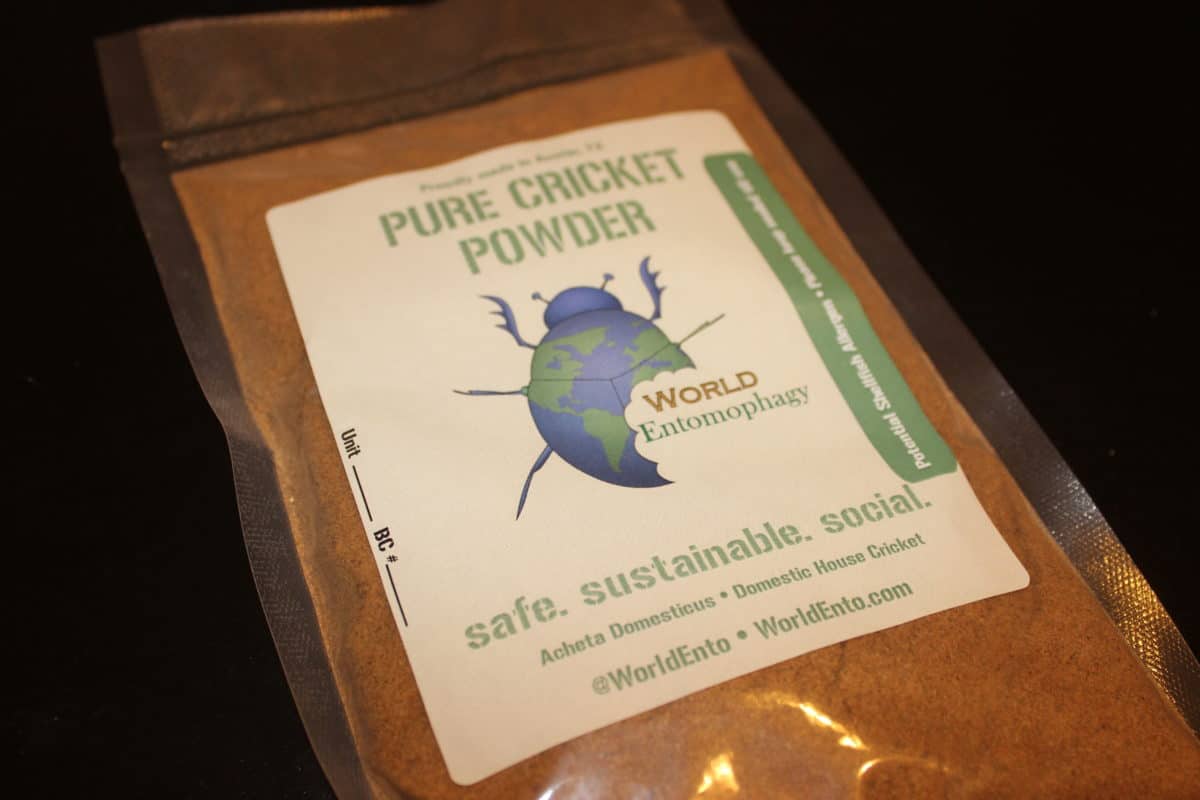You may have heard people talking about eating bugs recently; the United Nations Food and Agriculture Organization (UNFAO) released a report in May of 2013 prescribing a future diet of entomophagy (insect eating) as one solution to the pressing issue of how to feed 9 billion people in 2050 without further taxing an already depleted planet.
If you’re an American your initial reaction may have been shock, surprise, amusement or disgust. In the United States, insects are not usually considered edible. But many cultures around the world eat insects on a regular basis for their nutrition and flavor, and in some places insects fetch a higher market price than beef.
In the United States, Little Herds works to introduce this overlooked ingredient into western cuisine by providing information through its website and events. Intrepid restaurants who have taken up the torch already include the famed tables of Michelin-starred Noma in Copenhagen, the sustainable menu of Miya’s Sushi in Connecticut, and Austin Texas’s renowned Qui.
Insects (usually mealworm or cricket) can be processed to remove parasites and bacteria, then ground into a fine powder. The powder is then combined with flours or other ingredients to create diverse and familiar goodies such as Hopper Bars (snack bars made with nuts, fruits and chocolate), Chapul cricket bars, Exo bars, tortilla chips made with black beans and rice by Six Foods or homemade Chocolate Chirp Cookies (see recipe).
Insect flour has a nutty flavor that lends itself well to baked goods. Innovative home cooks have made muffins, brownies, cakes, pie-crusts, pastas, tortillas, breads, biscotti and more using insect flour as a way to fortify the nutritious content of the food without sacrificing flavor, texture or consistency. It can even be used in gluten free and paleo recipes. It’s important to note that insects, which are genetically similar to shellfish, may trigger shellfish allergies.
Because insect flour is naturally oily (similar to flaxseed flour), when substituting for wheat flour use between one- quarter and one-third less the flour a recipe calls for. To purchase it, visit In.Gredients in Austin, Texas, or online in the USA from World Entomophagy, or in Canada from Next Millennium Farms. For suppliers in other countries, contact Little Herds for assistance. ![]()
